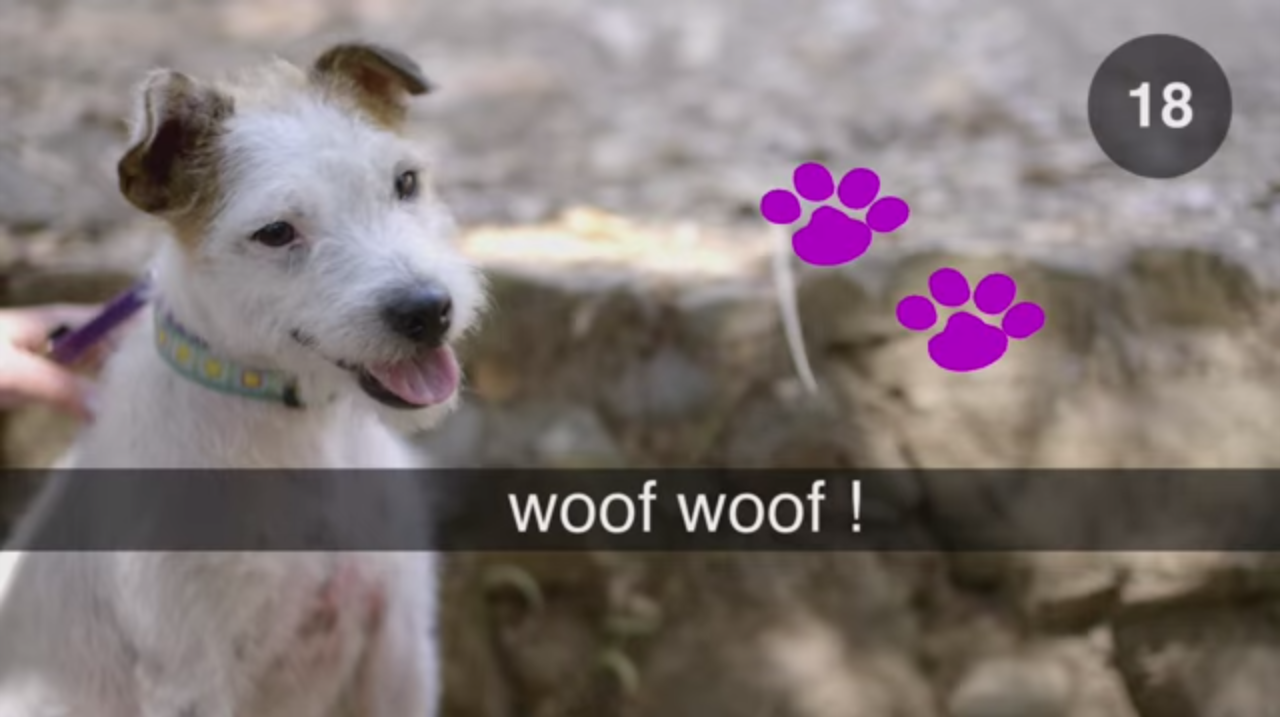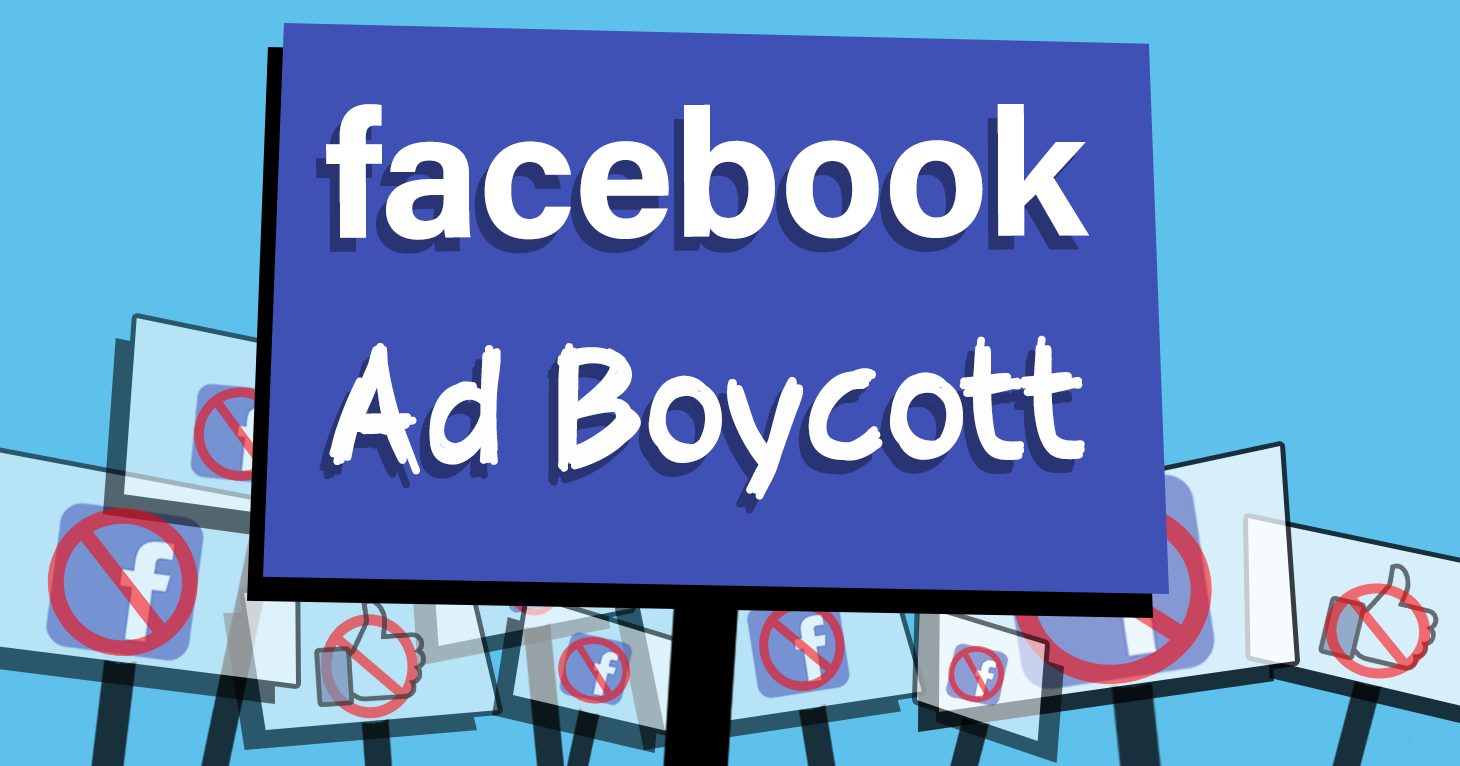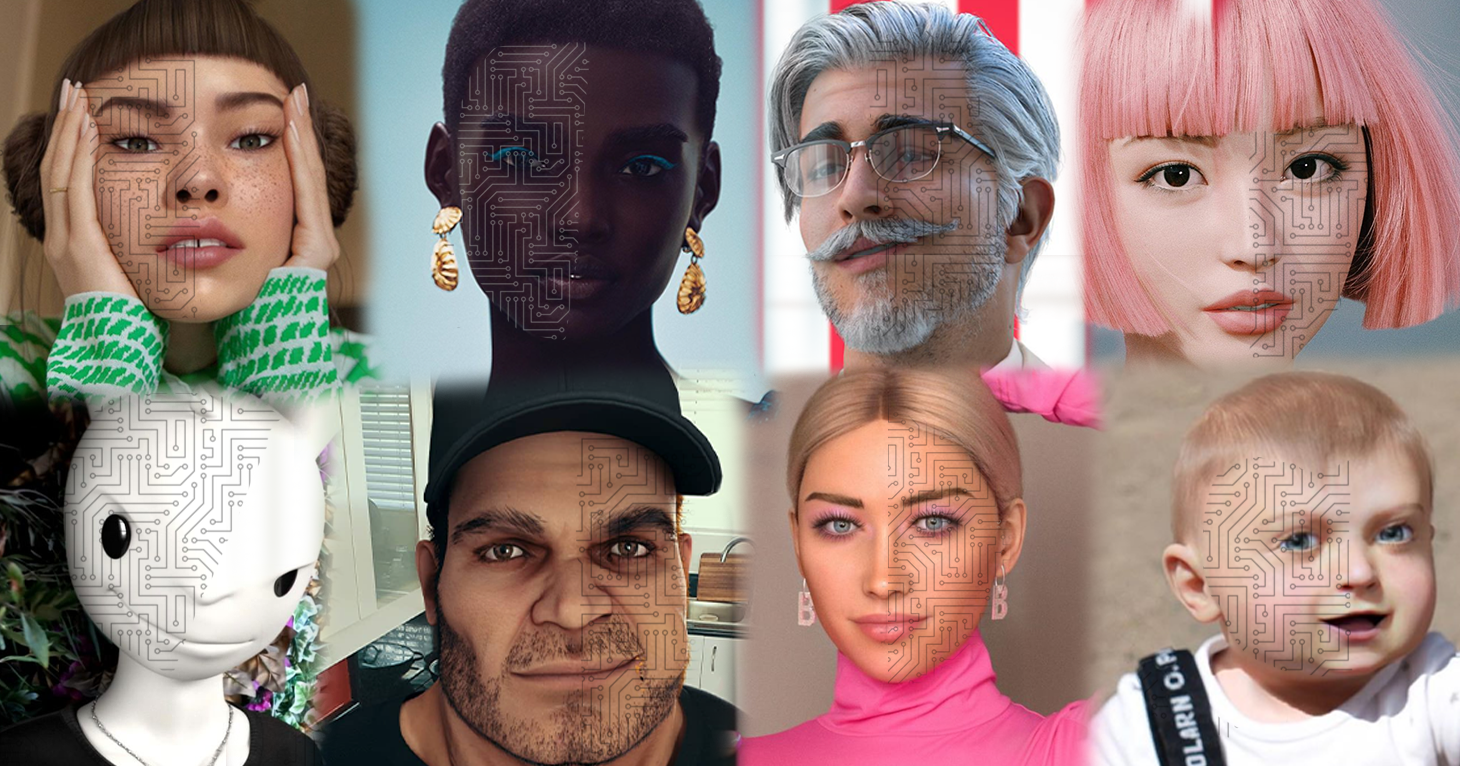
Coronavirus Spawns Class-Action Lawsuits as Consumers Seek Refunds
The pandemic has also triggered lawsuits over privacy issues with some video conferencing apps, and more.
Popular app reaches agreement with FTC to make privacy changes.
Ah, the promise of having some fun with pictures without worrying that what you sent to a friend or a lover would come back to bite you later in life. Send a photo or a video and it disappears, thus relieving you of the worry that if you ever run for mayor, governor or president, an awkward or embarrassing image of you will show up online. (Can you hear me Anthony Weiner, user of Twitter?)
Such was the promise of Snapchat, a popular app that allows users to designate a period of time (ten seconds or less) that a recipient can view a photo or video message before it would vanish into thin air. Forever.
People liked the idea; in fact, they loved the idea. Within two years of its mobile app launch, Snapchat users were transmitting more than 350 million snaps daily.
But there was a major problem. The workaround. The FTC, in a complaint against the California-based Snapchat Inc. settled Thursday, said several methods exist by which recipients of Snapchats can save them, allowing them to live on, indefinitely, and possibly come back to bite the sender (when say, the sender is running for mayor, governor or president.)
Snapchat knew about some of these methods, the FTC said. And some are incredibly simple, such as taking a screenshot of the Snapchat message. Snapchat did indeed acknowledge this method, promising it would alert a user if a recipient did this. (The sender would then, apparently, have to ask the receiver to delete it –if they didn’t want the image to come back and bite them when, say, they were running for mayor, governor or president — and hope they did.)
But users could easily circumvent Snapchat’s screenshot detection mechanism. This is because, yes, there was a work around. Receivers – apparently smarter than Snapchat’s programmers would have imaged –could hit their “home” buttons in rapid succession on their mobile devices and save the images without the senders being notified.
Besides that sticky issue of disappearing images that didn’t really disappear forever, Snapchat also made other promises it didn’t keep, including deceiving customers over the amount of personal data it collected and the security measures taken to protect the data, the FTC alleged.
The complaint also alleged that the company:
As part of the settlement, Snapchat agreed to implement a privacy program that will be monitored by an independent privacy expert for the next 20 years.
The takeaway? Snapchats aren’t as ephemeral as users hoped. The only thing that’s really ephemeral these days is online privacy.
The pandemic has also triggered lawsuits over privacy issues with some video conferencing apps, and more.
It’s disingenuous for brands to suggest they are boycotting a platform and then still run ads on that platform.
Why the FTC should consider virtual influencers as it reviews its Endorsement Guides.


